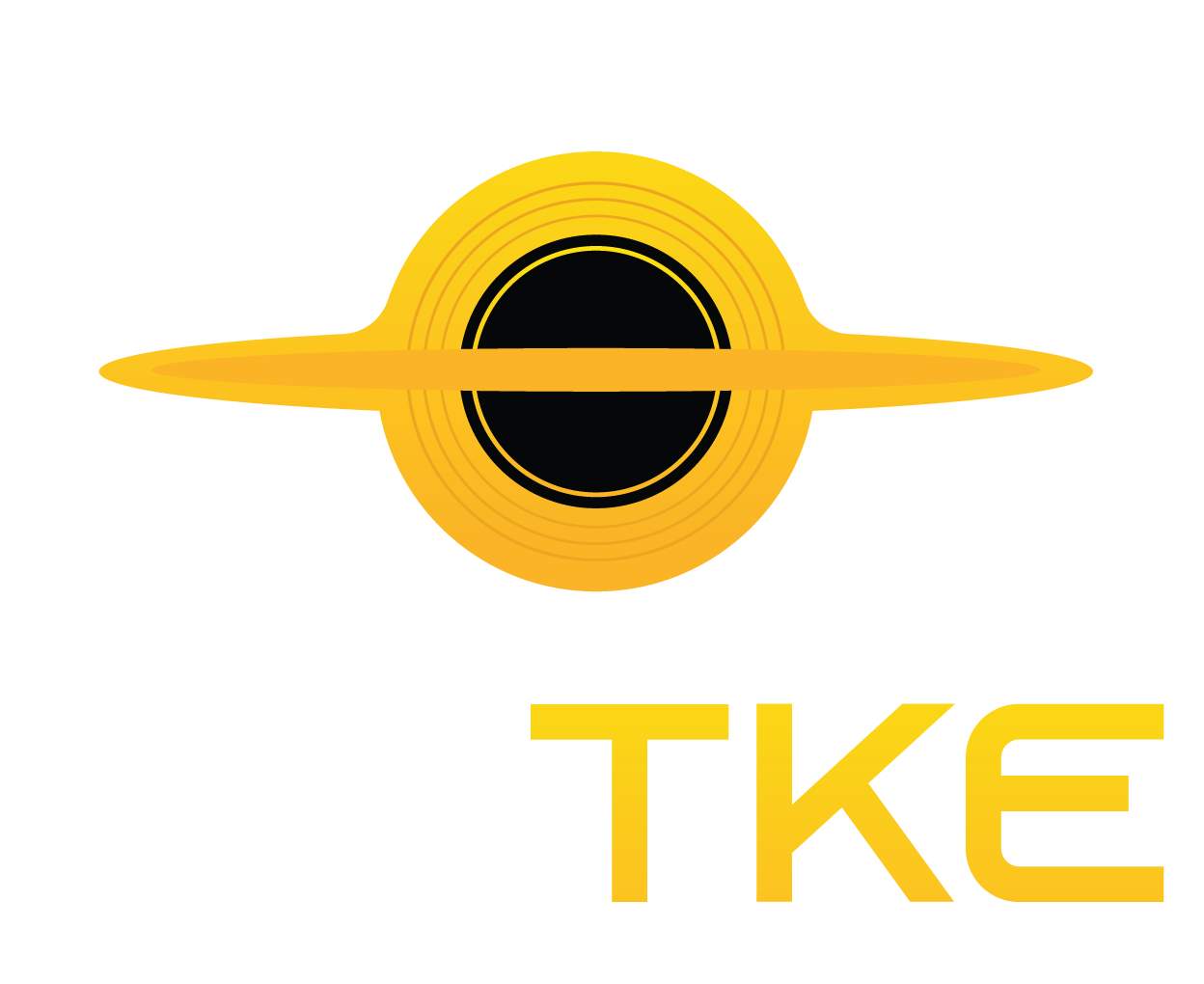Geothermal Energy Could Supply Power for Almost All New Data Centers by 2030

As AI and cloud providers accelerate data center construction, a power shortage looms. However, a new report suggests that the solution could lie underground.
According to an analysis by the Rhodium Group, advanced geothermal power could meet nearly two-thirds of new data center energy demand by 2030. This expansion would increase U.S. geothermal capacity from 4 gigawatts to around 16 gigawatts—at costs comparable to or lower than current electricity prices for data centers.
In the Western U.S., where geothermal resources are more abundant, the technology could cover 100% of new data center demand. For instance, Phoenix could add 3.8 gigawatts of data center capacity without building additional conventional power plants.
Unlocking Geothermal’s Full Potential with Advanced Techniques
Geothermal energy has immense potential for providing reliable electricity. Traditionally, geothermal power plants have been limited to regions where the Earth’s heat is close to the surface. However, advanced geothermal techniques could unlock up to 90 gigawatts of clean power in the U.S. alone, according to the Department of Energy.
Enhanced geothermal systems (EGS) employ deeper and wider drilling techniques, allowing access to hotter rock formations and increasing power output. The sector has seen a rise in startups leveraging expertise and technology from the oil and gas industry.
For example, Fervo Energy, founded by former oil and gas engineers, applies horizontal drilling techniques to expand geothermal potential. In 2024, the company raised over $200 million following significant cost reductions in well drilling.
Meanwhile, Bedrock Energy is developing deep-drilling technology to minimize the space required for geothermal systems. Its specialized rigs bore more than 1,200 feet underground, enabling office buildings and data centers with limited footprints to generate consistent power year-round.
Revolutionizing Drilling with Gyrotron-Powered Technology
Quaise Energy’s drilling technology sounds like something straight out of science fiction. Instead of using traditional drill bits, the startup employs microwaves from gyrotrons to vaporize rock, enabling drilling up to 12.4 miles (20 kilometers) deep. At these depths, rock temperatures remain close to 1,000°F year-round, providing an almost limitless heat source for power generation or building heating.
While most geothermal companies focus on harnessing Earth’s heat, another startup is taking a different approach. Sage Geosystems uses underground wells for energy storage by injecting water under pressure. When electricity is needed, the water is released through a turbine, functioning similarly to an inverted hydroelectric dam.
According to the Rhodium Group, geothermal energy’s low operating costs make it competitive with current data center energy expenses. When data centers are sited based on existing factors—such as proximity to fiber optics and major metro areas—geothermal power costs around $75 per megawatt hour. However, if site selection prioritizes geothermal potential, costs could drop to approximately $50 per megawatt hour.
The report also assumes that new geothermal capacity would be installed “behind the meter,” meaning power plants would connect directly to data centers rather than the electrical grid. With grid connection wait times stretching for years, direct energy supply has become an increasingly attractive solution for data center operators racing to expand capacity.
Read the original article on: TechCrunch
Read more: Scientists Unveil Battery Powered by Nuclear Waste










